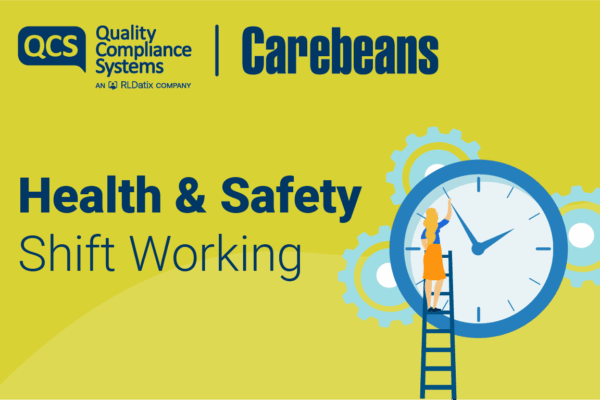Bullying and harassment can be defined as behaviour that makes someone feel offended or intimidated. There is no legal definition of bullying. However, in 2006 the International Labour Organisation (ILO) defined bullying as offensive behaviour through vindictive, cruel, malicious or humiliating attempts to undermine an individual or groups of individuals. The TUC widened this definition to a genuine feeling of being singled out for unfair treatment.
Harassment can be considered as behaviour that is unwanted by the recipient, and which makes them feel uncomfortable, intimidated or stressed and it affects the dignity of men and women in the workplace. It may be related to age, sex, race, disability, religion, sexual orientation, nationality or any personal characteristic of the individual and may be persistent or an isolated incident.
Harassment is unlawful under the Equality Act 2010. In a workplace setting, it can be common for a more senior person to bully or harass a more junior person. It may involve the mistreatment of an employee by a client of the organisation as well as interactions between employees.
Bullying and harassment may be via face to face, verbal or written communication (including online) and may involve:
- Spreading malicious rumours, or insulting someone by word or behaviour
- Ridiculing or demeaning someone – picking on them or setting them up to fail
- Exclusion or victimisation
- Unfair treatment
- Overbearing supervision or other misuse of power or position
- Unwelcome sexual advances
- Deliberately undermining a competent worker by overloading and constant criticism
- Preventing individuals progressing by intentionally blocking promotion
On a personal level the recipients of bullying behaviour are susceptible to psychological harm and this may lead to sickness absence for stress or other conditions. The individual concerned may find that the effects of the bullying are devastating to their long term emotional wellbeing both at home and at work, possibly also involving loss of earnings and the termination of a career. At its most extreme there may be violence or the stress experienced by a worker may make them vulnerable to suicide or self-harm.
Thinking about the wider organisation, a bullying culture encourages staff members to focus effort on protecting themselves against attack, rather than on the business of the organisation. This may result in poor decision making, a high rate of sickness absence, the loss of good staff and reputational damage.
What can a business do to reduce the associated risk?
The control of bullying and harassment must be an organisation-wide process and be fully supported by all levels of management. Employers should adopt a risk management strategy, assessing to see if there is a problem in the workplace, taking appropriate action, and reviewing to ensure any actions taken are effective.
A risk assessment should be undertaken as a first step to controlling this type of behaviour. Organisations can also use the HSE’s Stress Management Standards, which refer to six areas of work design that can lead to stress if not properly managed, to tackle bullying at work. In these standards the HSE specifically refers to the importance of good work relationships – emphasising the need to promote positive working practices so as to avoid conflict and also to appropriately deal with unacceptable behaviour.
A bullying and harassment policy will also be necessary and this must be supported and enforced by senior management. The policy should deliver a clear message that this is an organisation in which bullying and harassment will not be tolerated. The policy should set out prevention measures and be clear on the duties of managers and supervisors and their responsibilities for preventing or eliminating bullying. It should also include details of an independent ‘contact’ who can offer support in situations where employees may find it difficult to raise concerns about bullying with their manager.
Procedures set out in the policy will help the organisation to deal efficiently and fairly with individual problems if they arise and identify and reject any spurious claims. It is particularly important that a means of reporting negative conduct protects the alleged victim from the perpetrator.
The policy should be made available to all employees, included in staff training, and reviewed regularly taking into account the views of staff and incident history.
Download December’s review





